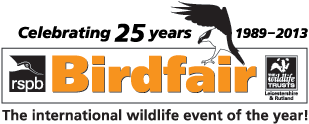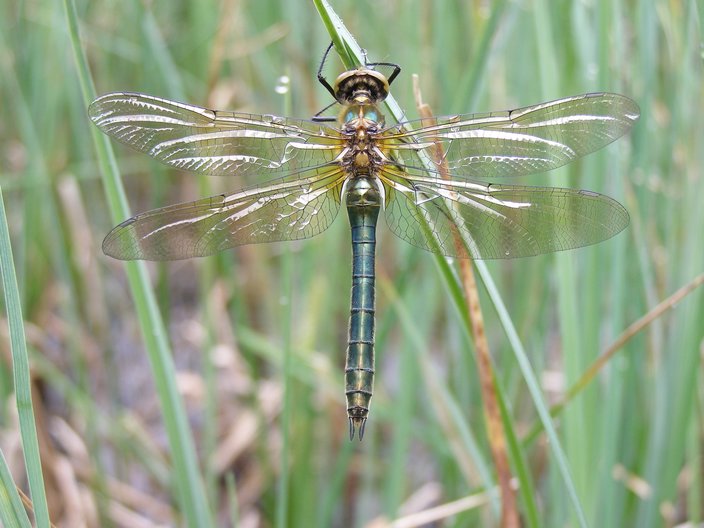 Corduliochlora borisi male © S. Beshkov
Corduliochlora borisi male © S. Beshkov
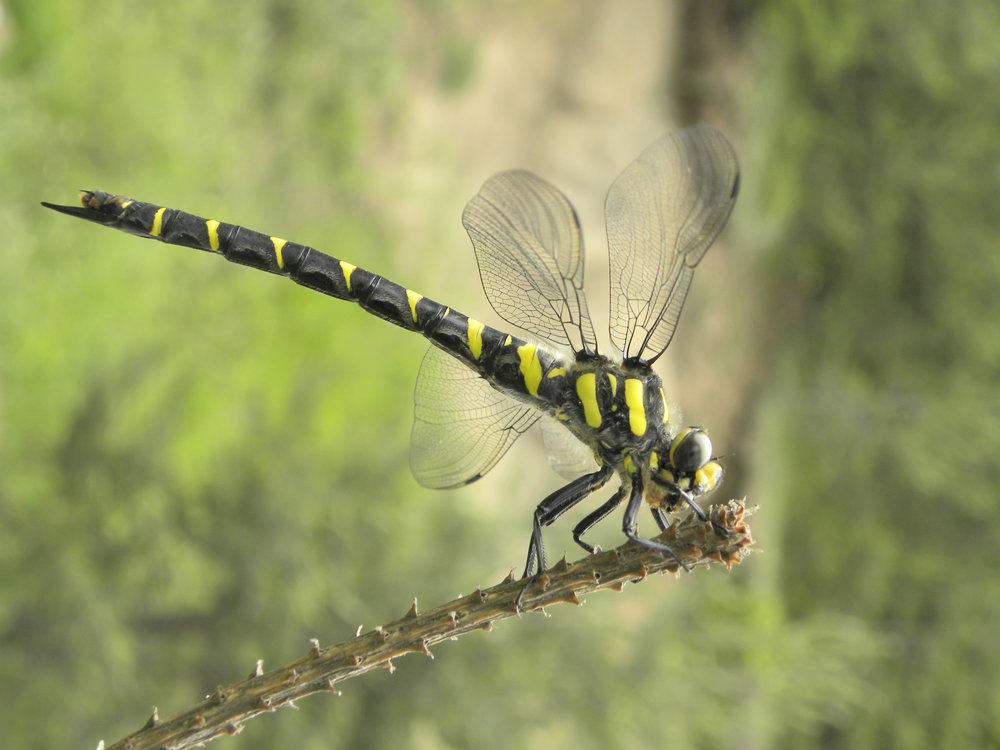 Corulegaster bidentata female © S. Beshkov
Corulegaster bidentata female © S. Beshkov
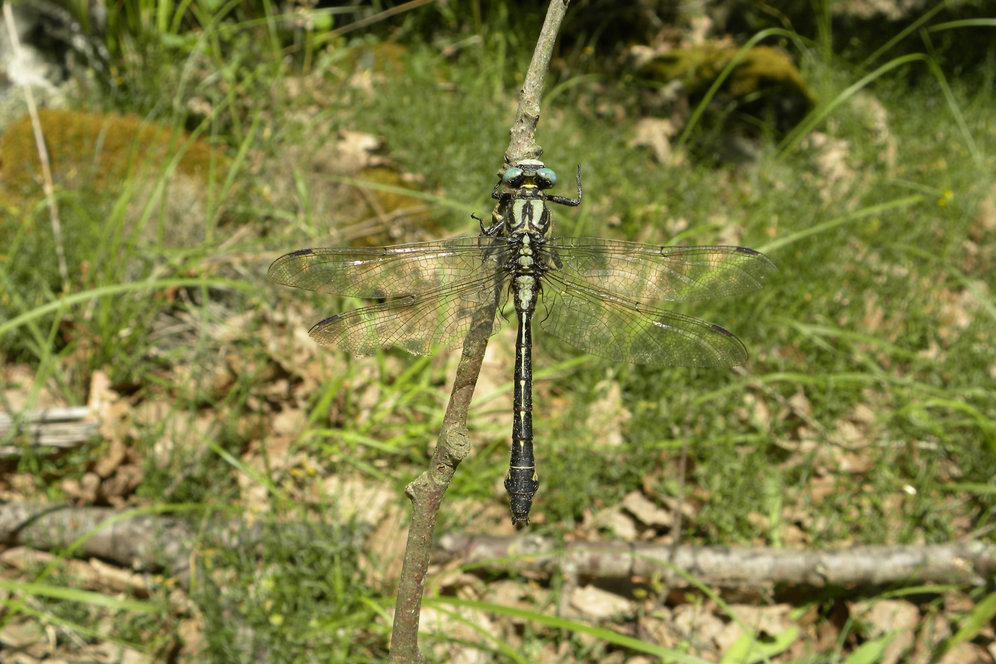 Gomphus vulgatissimus male © S. Beshkov
Gomphus vulgatissimus male © S. Beshkov
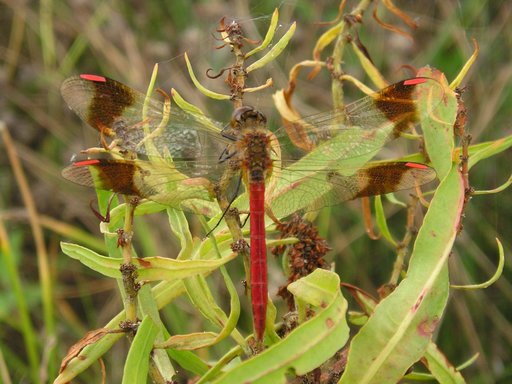 Sympetrum pedemontanum male © S. Beshkov
Sympetrum pedemontanum male © S. Beshkov
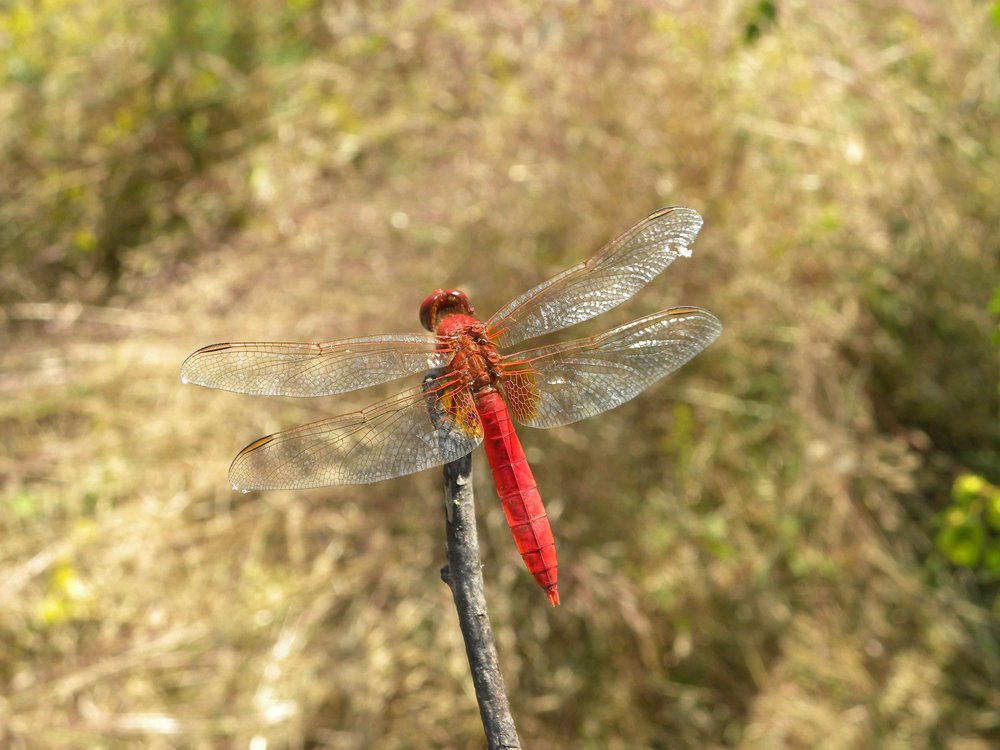 Crocothemis erythraea male © S. Beshkov
Crocothemis erythraea male © S. Beshkov
8 days
22 June 2026 -
29 June 2026
Tag 1
Our tour starts in the morning in Sofia with a transfer to the Eastern Rodopi Mountains. This part of the Rodopi Mountains is not high. In contrast to the western and central part of the mountains its relief is predominantly low-mountainous and hilly. The average altitude above the sea level is only 320 m and at many places the country is rocky and covered with basalt. This is an area checkered with craters of ancient volcanoes. During the transfer we will stop several times by the river Maritsa and by small dams in order to observe species like Ophiogomphus cecilia, Orthetrum albistylum, Gomphus flavipes, Coenagrion ornatum, Libellula fulva, Crocothemis erythraea. Accommodation for three nights at a local hotel in the town of Kroumovgrad.
Tag 2
We are going to visit a multitude of small lakes and rivulets surrounded by meadows and broad-leaved groves. At many places the ground is rocky covered with basalt from ancient volcanic eruptions. We expect to see Epallage fatime, Calopteryx virgo, Aeshna isoceles, Coenagrion scitulum,Lestes vi rens, Chalcolestes parvidensр, Corduliochlora borisi, Caliaeschna microstigma, Onychogomphusforcipatus, Chalcolestes viridis, Cordulegaster picta, Lestes barbarus, Erythromma lindenii, Enalagmacyathigerum, Chalcolestes parvidens. Packed lunch for the two days there.
Tag 3
See day 2
Tag 4
Today, what lies ahead of us is a trip towards the central part of the Rodopi Mountains. During the transfer we will notice how, along with the raising altitude, the landscape also changes. Rocks and grassy vegetation yield its place to bushes, then follow low broad-leaved grooves, then come well developed broad-leaved grooves, then they turn into well developed forests and the latter, on their part, turn into mixed forests and finally, at an altitude of about 1200 m asl there appear the coniferous forests. During the transfer, we will stop several times to observe Somatochlora meridionalis, Aeshna affinis, Orthetrum coerulescensanceps, Orthetrum brunneum, Cordulegaster picta, Aeshna juncea, Libellula quadrimaculata, Cordulia aenaea,Coenagrion hastulatum, Lestes sponsa. Accommodation for a night in a local little hotel in the high-mountain village of Gela. Packed lunch for the day.
Tag 5
Today, during our transfer, we are going to visit the Trigrad Gorge. What astounds every visitor of this part of Bulgaria are the huge rocks raising straight upwards reaching a height of and above 200 m. Visitors will also be impressed by the deep rocky gorges. Strange looking trees of the local subspecies of the Black Pine (Pinus nigra) grow right out of the rock cracks, without even a trace of soil… The river that has pierced through the magnificent Rodopi Mountains runs along the gorge forming meanders and waterfalls along its way. Here is the cave in which the mythical Orpheus has entered in the search of his beloved Eurydice. This is the best place in Europe where one can watch the exceptionally beautiful bird Wallcreeper reminding a huge red butterfly in flight. Lunch at the little restaurant in the local mountain hut. Here we can taste the tastiest trout within the borders of Bulgaria. After lunch we leave the gorge and in 45 km ride arrive at a local hotel where we accommodate for the night. During the transfer we will hopefully see Cordulegaster heros, Lestes dryas, Sympetrum flaveolum, Aeshna cyanea.
Tag 6
A new and not so long transfer lies ahead of us. We are leaving Rodopa Mountains and set off for the Pirin Mountain National Park. During the transfer with the minivan we will climb up to about 1450 m asl and visit few somewhat marshy mountain meadows, where we hope to see Cordulegsater bidentata, Sympetrum pedemontanum. Later on and at a lower altitude we will try to find out species like Caliaeschna microstigma, Somatochlora meridionalis, Cordulegaster heros. Late in the afternoon we arrive at the little twon-museum Melnik. Accommodation at a local hotel for 2 nights.
Tag 7
The entire day shall be spent not far from the hotel, making observations around the local small lakes and marshes. We will also visit the volcanic area of Kozhoukh Planina Mount. This is a basalt hill at the foot of which hot mineral water gushes out. Hopefully, we will see there Sympetrum depressiusculum, Selysiothemisnigra, Aeshna isoceles, Anax parthenope, Onychogomphus forcipatus, Libellula fulva, Sympetrum fonscolombii, Erythromma viridulum and perhaps a few more species. Packed lunch for the day
Tag 8
After lunch a transfer to Sofia follows where our tour will come to its end. Depending on the flights’ schedule if we will have some time available at our disposal we will visit the world renowned Rila Monastery – a monument of the World Culture Heritage under the aegis of UNESCO.
Tag 9
.
8 days
22 June 2026 -
29 June 2026
The exceptional diversity of Dragonflies in Bulgaria is determined by the geographic location of the country and its specific climatic conditions. Species of Dragonflies occurring in the country are 70. Mountain ranges in South Bulgaria give shelter to relic species, which have survived the last Ice Age. The peats are attractive habitat for Somatochlora arctica, Leucorrhinia dubia and Somatochlora metallica. Some of the high mountain streams are overflowing with species of the genus Cordulegsater, while the lower reaches of the rivers are the kingdom of Calopteryx, Onychogomphus forcipatus and Ophiogomphus cecilia. There, however, Corduliochlora borisi is the indisputable favourite in the preferences of Bulgarian and foreign nature lovers because the species has been described for the science from South Bulgaria. The Black Sea coast combines river habitats with wetlands in which one can observe clustering of scores and hundreds of Lestes macrostigma or the fast flying around Somatochlora meridionalis and Caliaeschna microstigma.
Sprachen
English
Größe der Gruppen
5 - 15
Individuelle Tour
2 - 4
Wetter
During the period of the tour the weather is warm and steady, days are still quite long and rainfalls are far from being as frequent as in the spring. Temperatures often reach 30C and more.
Bekleidung
It's summer. Wear light clothes - T-shirts and shorts rather than long trousers, sandals, sunglasses, and those who wish bathing suits too. Hats to protect against the sun and face cream in case of burns. It is advisable to have a pair of comfortable walking shoes (for the mountainous areas) and raincoats or jackets in case of summer showers. WALKING
Wanderstrecken
4-5 km per day
verfügbar22 June 2026 - 29 June 2026
PREISE OHNE FLUG
€980.00
ZUSCHLAG EINZELZIMMER
€180.00
ANZAHLUNG
€150.00
INDIVIDUELL
€1,100.00
ZUSÄTZLICHE PREISINFORMATION
Payment may be made in all convertible currencies at the Euro exchange rate for the day of payment. The prices include : All the ground transport, FB – full board with packed lunches, where is necessary, accommodation in hotels and guest houses. English speaking guide, All the taxes for reserves. The prices don’t include : Insurance, drinks, and all the items of personal nature



